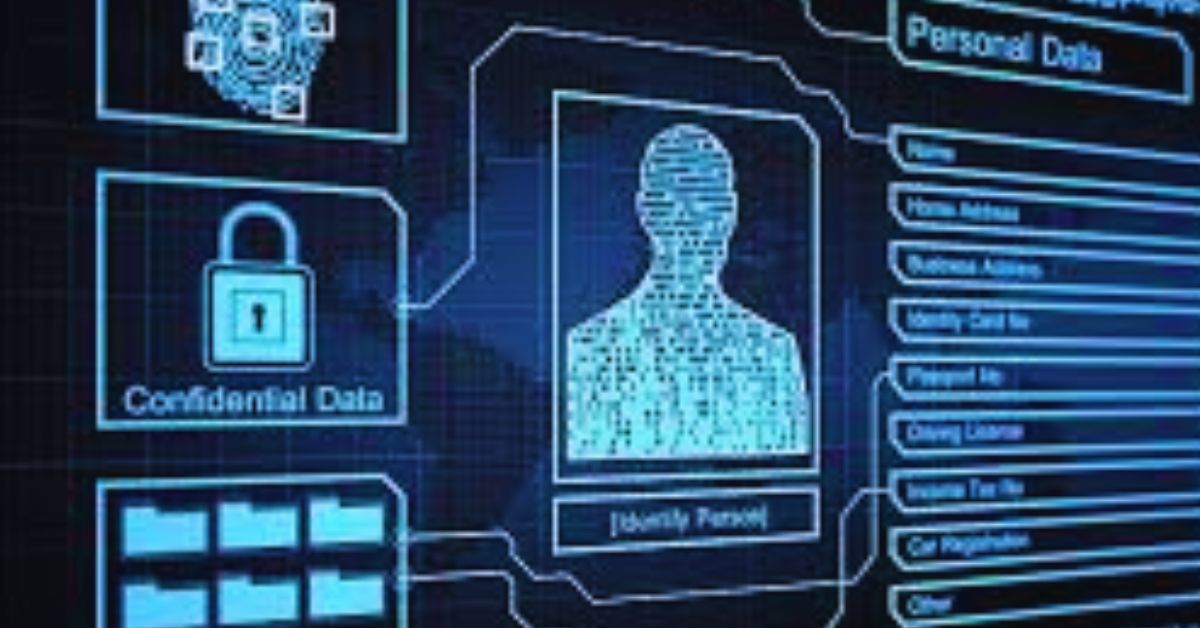Introduction
The rapid integration of technology in education has revolutionized learning experiences for students worldwide. However, this digital transformation also raises significant cybersecurity concerns. Educational institutions collect and store vast amounts of sensitive student data, making them prime targets for cyber threats. Ensuring the protection of student data and privacy is critical in today’s EdTech landscape.
Why Cybersecurity is Crucial in EdTech
EdTech platforms handle vast amounts of personally identifiable information (PII), including names, addresses, academic records, and even biometric data. Without robust cybersecurity measures, this data is vulnerable to breaches, leading to identity theft, financial fraud, and unauthorized access. The implications of a security breach in an educational setting can be devastating, affecting students, parents, and institutions alike.
Common Cybersecurity Threats in EdTech
1. Data Breaches
Hackers often target educational databases to steal sensitive student information. These breaches can lead to serious consequences, including identity theft and unauthorized data usage.
2. Phishing Attacks
Cybercriminals use deceptive emails and messages to trick students, teachers, and administrators into revealing confidential information, such as login credentials and personal details.
3. Ransomware Attacks
Ransomware locks educational institutions out of their own data, demanding payment for its release. Such attacks can disrupt the learning process and lead to financial losses.
4. Weak Passwords and Credential Theft
Many EdTech platforms suffer from weak authentication mechanisms. Students and faculty members using simple or reused passwords increase the risk of account breaches.
5. Unsecured Networks and Devices
Remote learning has amplified security risks as students access educational resources from home networks and personal devices, which may lack adequate security measures.
Best Practices for Protecting Student Data and Privacy
1. Implement Strong Authentication Methods
Using multi-factor authentication (MFA) enhances security by requiring additional verification steps beyond just passwords. This reduces the chances of unauthorized access.
2. Data Encryption
Encrypting student data ensures that even if cybercriminals gain access to the information, it remains unreadable without the proper decryption keys.
3. Regular Security Audits
Educational institutions should conduct frequent security assessments to identify vulnerabilities and strengthen their defense mechanisms.
4. Cybersecurity Awareness Training
Training students, teachers, and administrators on cybersecurity best practices helps prevent falling victim to phishing scams and other cyber threats.
5. Secure Cloud Storage Solutions
Many EdTech platforms use cloud storage, making it crucial to choose providers with robust security policies, including data encryption and access control.
6. Parental Involvement in Cybersecurity
Parents should be educated on cybersecurity measures to ensure students practice safe online behaviors at home as well.
Regulatory Compliance and Legal Considerations
Governments worldwide have implemented strict data protection regulations to safeguard student information. Some notable regulations include:
- Family Educational Rights and Privacy Act (FERPA) – U.S. legislation that protects student educational records.
- Children’s Online Privacy Protection Act (COPPA) – Enforces privacy protections for children under 13.
- General Data Protection Regulation (GDPR) – European Union regulation that governs data protection and privacy.
Educational institutions and EdTech companies must comply with these regulations to avoid legal repercussions and ensure student data security.
Conclusion
Cybersecurity in EdTech is no longer optional—it is a necessity. As education continues to shift towards digital platforms, safeguarding student data and privacy must be a top priority. Implementing strong security practices, raising awareness, and complying with regulatory requirements will help create a secure and safe learning environment for students worldwide. By taking proactive steps today, we can build a resilient and trustworthy digital education system for future generations.
